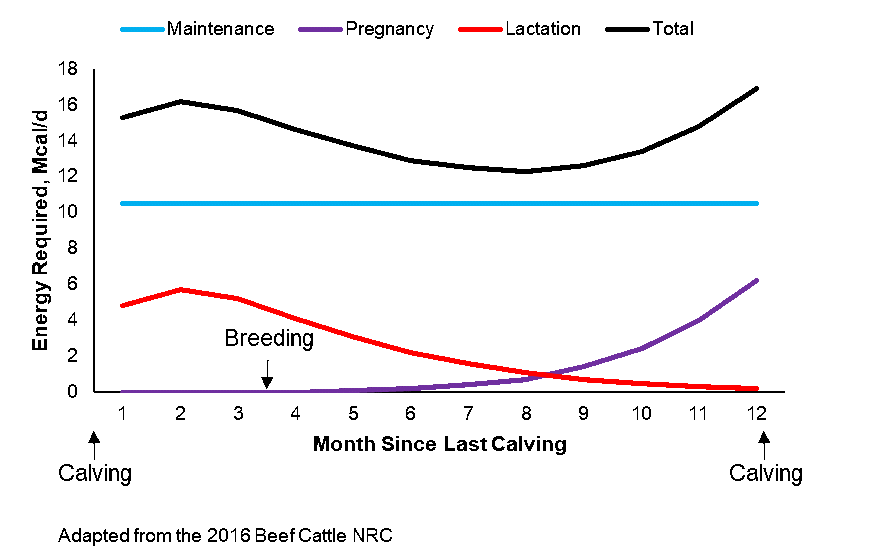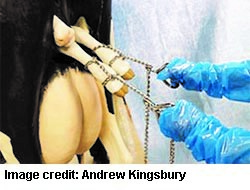POSTPONED
Check back in the future for details.
The Maryland Extension Beef Team is continuing with our Beef Producers Short-course Series with Series III – Pasture Development and Management. Topics covered will be soil fertility, collecting soil samples, developing pasture systems, common forages, pasture assessments, weed identification and management, matching forages with cattle nutrition, and cost sharing programs.
Course offered at 4 locations across the state:
Washington County Extension: April 3, 2020
St. Mary’s County Extension: April 17, 2020
Wye Angus: May 1, 2020
Harford County Extension: May 15, 2020
Registration is required: $35 per person – Fee includes all educational materials and lunch. The workshop will be open to the first 30 registrations per location.
***This program has been approved for 4 CEUs in all categories of Ag Nutrient Management and 4 Credits towards Pesticide Applicator Recertification in the Categories of 1A, 3C, 10, PVT
To register online, please visit our Eventbrite page: https://umdbeef-series3.
To register offline, via check or cash, please use the attached form and either email or mail to Racheal Slattery at rslatt@umd.edu (University of Maryland, 8127 Regents Drive, College Park, MD 20742)
10:30-10:40am Break
12:30-1:00pm Lunch




